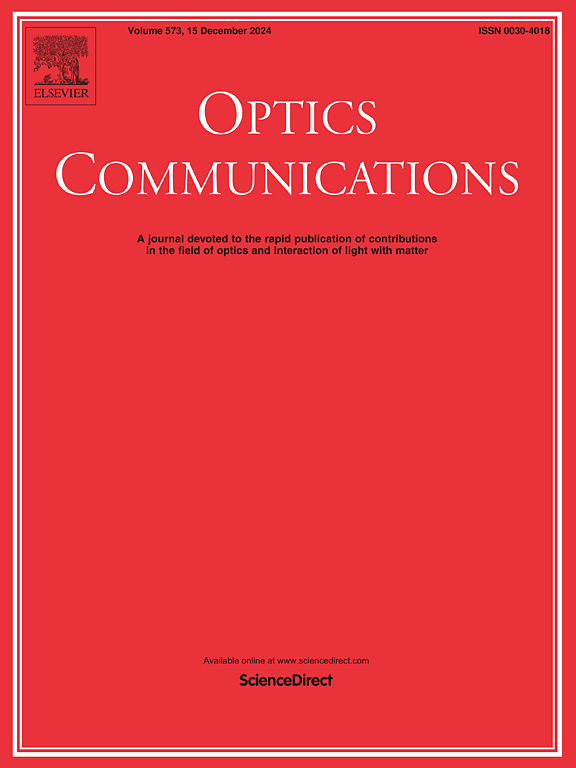Holographic multi-focus multifunctional metalens realises particle capture, rotation and sorting
IF 2.2
3区 物理与天体物理
Q2 OPTICS
引用次数: 0
Abstract
Optical tweezers, with their excellent manipulation precision, have become a vital tool for exploring the microscopic world and have significantly advanced research in physical and biological sciences. However, enhancing system integration and multifunctionality remains a critical challenge. In this study, we adopt a shared aperture approach to design and construct a polarisation-insensitive multifunctional optical tweezer system with a high numerical aperture. This system can capture, rotate, and sort various nanospheres in parallel. Through theoretical analyses and numerical simulations, we propose an innovative method to coaxially focus a Gaussian spot with a vortex spot, generating a unique light field for conducting photodynamic analyses of particles. Furthermore, our method enables the generation of numerous arbitrary-state light fields in free space with uniformly normalised electric field strengths. These foci ensure uniform light field distribution and consistent particle capture, enhancing the precision of optical tweezers in biophysics, materials science, and nanotechnology. This work also provides novel theoretical insights for microscale precision manipulation and analysis.
求助全文
约1分钟内获得全文
求助全文
来源期刊

Optics Communications
物理-光学
CiteScore
5.10
自引率
8.30%
发文量
681
审稿时长
38 days
期刊介绍:
Optics Communications invites original and timely contributions containing new results in various fields of optics and photonics. The journal considers theoretical and experimental research in areas ranging from the fundamental properties of light to technological applications. Topics covered include classical and quantum optics, optical physics and light-matter interactions, lasers, imaging, guided-wave optics and optical information processing. Manuscripts should offer clear evidence of novelty and significance. Papers concentrating on mathematical and computational issues, with limited connection to optics, are not suitable for publication in the Journal. Similarly, small technical advances, or papers concerned only with engineering applications or issues of materials science fall outside the journal scope.
 求助内容:
求助内容: 应助结果提醒方式:
应助结果提醒方式:


